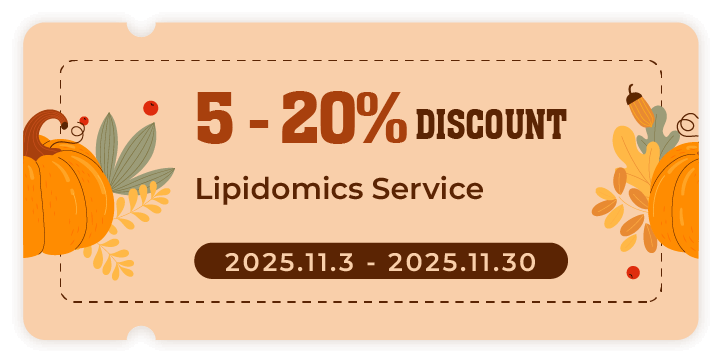Glycosphingolipid Profiling:
Quantitative and qualitative analysis of cerebrosides, gangliosides (GM1–GM3, GD1a), sulfatides, and globosides.
Our services have earned the trust of companies, schools, and organizations globally, and we remain dedicated to maintaining that trust.
Glycolipids are complex lipids comprising a carbohydrate moiety covalently bonded to a lipid backbone, typically a glycerol or sphingoid base. As critical constituents of cellular membranes, glycolipids play essential roles in cell signaling, immune responses, membrane stability, and pathogen-host interactions. Subclasses include glycosphingolipids, glycoglycerolipids, and saccharolipids, varying across tissue types and species.
Their dynamic structure and function necessitate comprehensive and highly sensitive profiling for in-depth biological interpretation and translational application.
Glycolipid profiling provides invaluable insights into:
Routine lipid extraction or untargeted omics approaches lack the resolution and specificity to accurately detect and differentiate structurally similar glycolipids. Our targeted and untargeted glycolipidomics service overcomes these barriers using advanced platforms and curated databases.

Glycosphingolipid Profiling:
Quantitative and qualitative analysis of cerebrosides, gangliosides (GM1–GM3, GD1a), sulfatides, and globosides.

Glycoglycerolipid Analysis & Saccharolipid Detection
Identification and quantification of MGDG, DGDG, SQDG, and lipid A from plant and microbial samples.

Targeted Glycolipid Quantification
Absolute quantification using isotope-labeled standards and MRM-based LC-MS/MS methods.

Untargeted Glycolipidomics
Full-spectrum discovery of known and novel glycolipids with MS/MS fragmentation for structural insight.

Glycolipid Structure Elucidation
Determination of sugar linkages, branching, and lipid backbones using high-resolution fragmentation.

Metabolic Pathway & Flux Analysis
Mapping glycolipid-related pathways with KEGG/LIPID MAPS; isotopic tracing available.

Custom Glycolipid Panel Development
Design of targeted panels for disease-specific or drug-response studies.

Comparative Glycolipidomics Across Conditions
Multi-group analysis with integrated statistical modeling (PCA, volcano plots, clustering).

Data Interpretation and Bioinformatics Reporting
Reports include ID, quantification, stats, and pathways — in raw and publication-ready formats.
Glycosphingolipids are composed of a ceramide backbone linked to one or more sugar residues. They play critical roles in signal transduction, cell–cell recognition, and neurodevelopment.
Globosides are neutral glycosphingolipids containing multiple sugar units; sulfoglycolipids contain sulfate groups that impact immune signaling and neuroinflammation.
Found mainly in plants, algae, and cyanobacteria, glycoglycerolipids are glycerol-based lipids bound to one or more sugar units. They are essential for photosynthetic membrane structure.
Saccharolipids consist of fatty acids linked directly to sugar backbones and are primarily found in bacteria. They are key in immune modulation and bacterial virulence.
These glycolipids contain one or more sialic acid residues and are particularly abundant in nervous tissue, where they regulate synaptic transmission and neuroplasticity.
These act as both precursors and degradation products in glycolipid metabolism. They are critical to understanding lipid remodeling and disease states.
These small molecules participate in glycolipid biosynthesis or degradation and are often included in metabolic flux and pathway tracing studies.
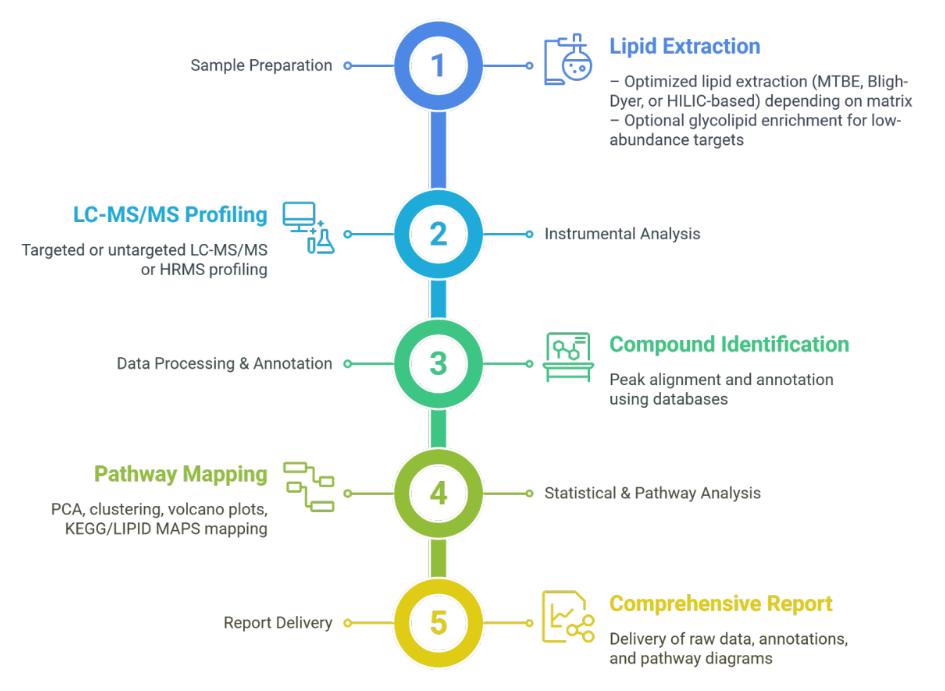
Thermo Scientific™ Orbitrap Exploris™ 240: Enables high-resolution untargeted profiling with mass accuracy <3 ppm.
Agilent 1290 Infinity LC + QTRAP 6500+: Applied in HILIC-MS workflows for polar and acidic glycolipid analysis.
Orbitrap MSn Mode: Supports in-depth structural elucidation of glycan linkages and sphingolipid backbones.
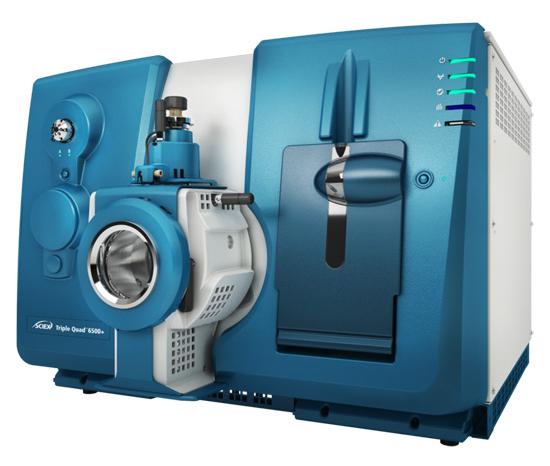
SCIEX Triple Quad™ 6500+ (Figure from Sciex)
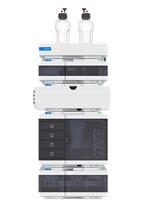
Agilent 1260 Infinity II HPLC (Fig from Agilent)
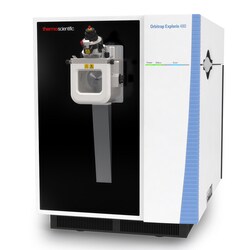
Orbitrap Exploris™ 240 (Figure from Thermo Fisher)
Explore our Lipidomics Solutions brochure to learn more about our comprehensive lipidomics analysis platform.


Microbial Characterization
Distinguishing bacterial and fungal strains based on species-specific glycolipid profiles.

Plant Physiology
Investigating the role of glycolipids like MGDG and DGDG in photosynthesis and stress adaptation.

Food Lipidomics
Profiling glycolipids in dairy, fermented products, and functional foods to assess nutritional quality.

Environmental Lipidomics
Monitoring glycolipid biomarkers in soil and aquatic systems to trace microbial community changes.

Host-Microbiome Interaction
Exploring glycolipid-mediated signaling between commensal microbes and host immune responses.

Bioengineering and Synthetic Biology
Evaluating engineered organisms for glycolipid production in biofuel and biomaterial research.
| Sample Type | Minimum Amount Required |
|---|---|
| Blood / Serum / Plasma | ≥ 200 µL |
| Tissue (animal or plant) | ≥ 50 mg (wet weight) |
| Cell Pellets | ≥ 1 × 10⁷ cells |
| Bacterial / Fungal Cultures | ≥ 100 mg (wet weight) or OD600 ≥ 1.0, 10 mL |
| Cerebrospinal Fluid (CSF) | ≥ 300 µL |
| Food Samples (e.g. milk, soy, algae) | ≥ 1 g |
| Environmental Samples (soil, sludge, biofilms) | ≥ 500 mg (wet weight) |
Is there a minimum number of samples required for analysis?
There is no strict minimum, but for statistical comparisons we recommend at least 3–5 biological replicates per group.
What quality control steps are included to ensure data reliability?
We include internal standards, blank controls, technical replicates (if provided), and detailed QC metrics in every report.
Can I request targeted analysis for specific glycolipid subclasses only?
Yes. Targeted workflows can be customized to focus on selected subclasses (e.g., gangliosides, sulfatides), improving sensitivity and throughput.
Can I submit lyophilized samples or extracts instead of raw material?
Yes, but please consult us first. Extracts must follow proper lipid extraction protocols and be compatible with LC-MS analysis (e.g., no detergents or salts).
Is glycolipid analysis compatible with isotope labeling experiments (e.g., 13C, 15N)?
Yes. We support stable isotope tracing studies to investigate glycolipid biosynthesis and flux under experimental conditions.
Can Creative Proteomics help with batch effect correction across large sample cohorts?
Yes. We apply internal standard normalization, batch tracking, and optional statistical correction methods like ComBat or LOESS.
Will I receive assistance interpreting pathway-level changes?
Yes. Our reports include pathway mapping and expert commentary on significant glycolipid alterations and their potential metabolic implications.
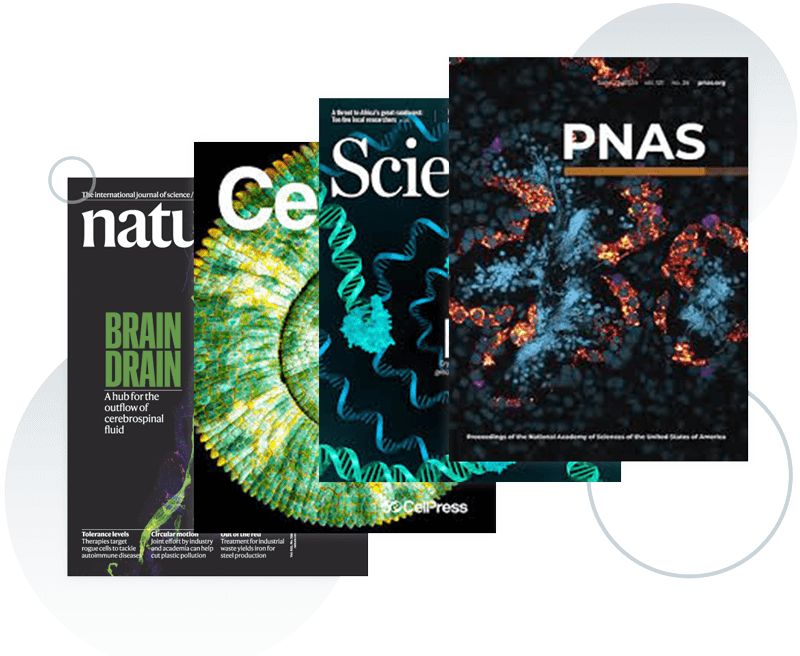
References
Services:
Online Inquiry
CONTACT US

